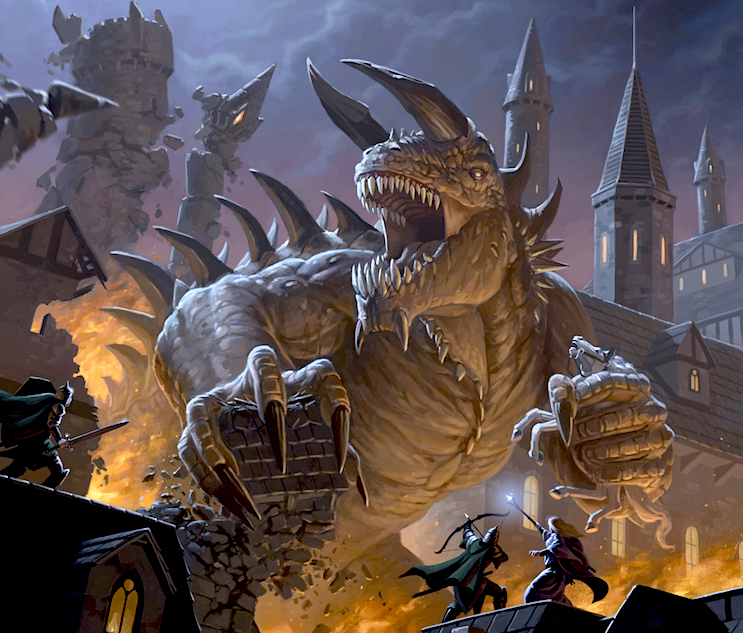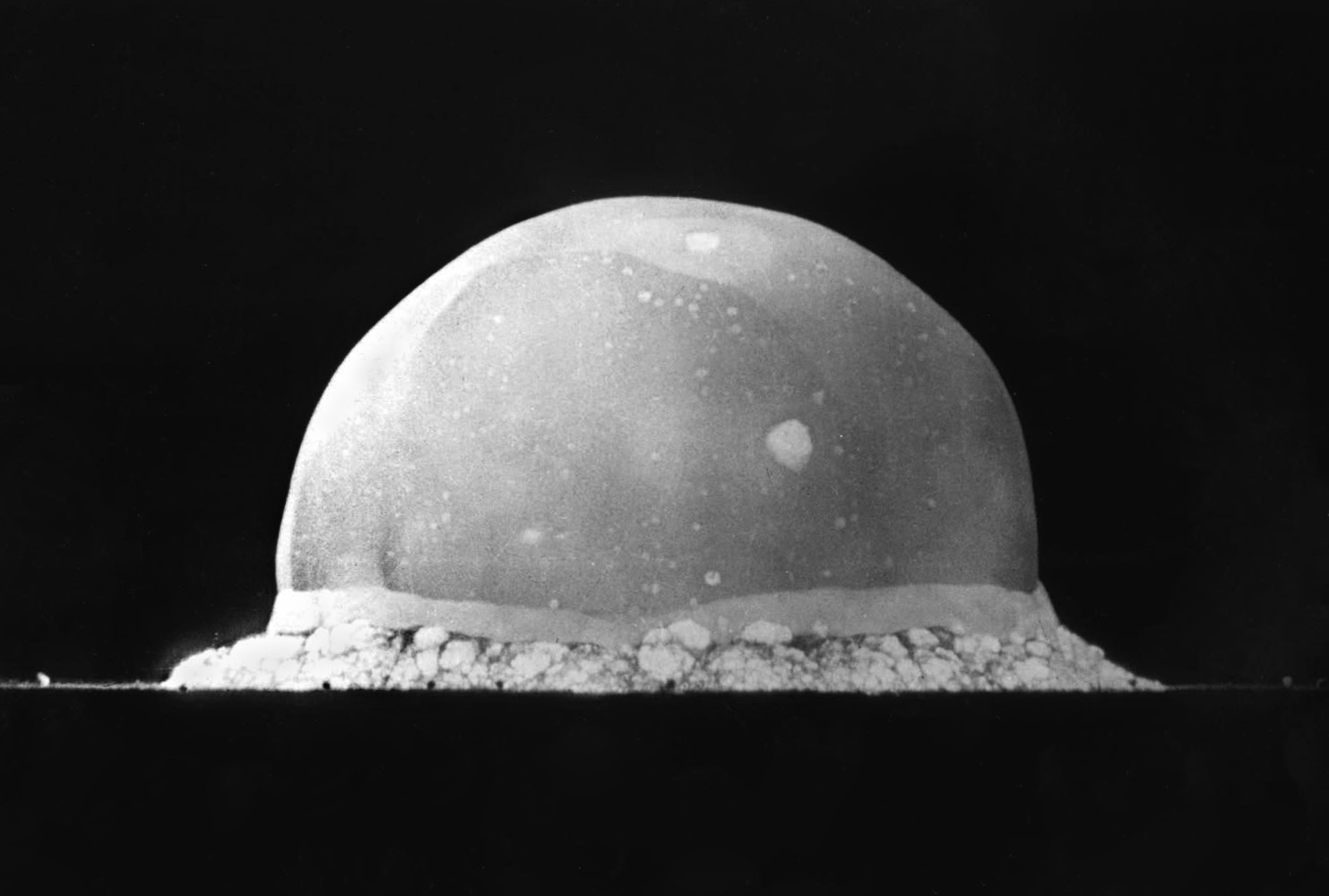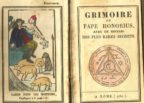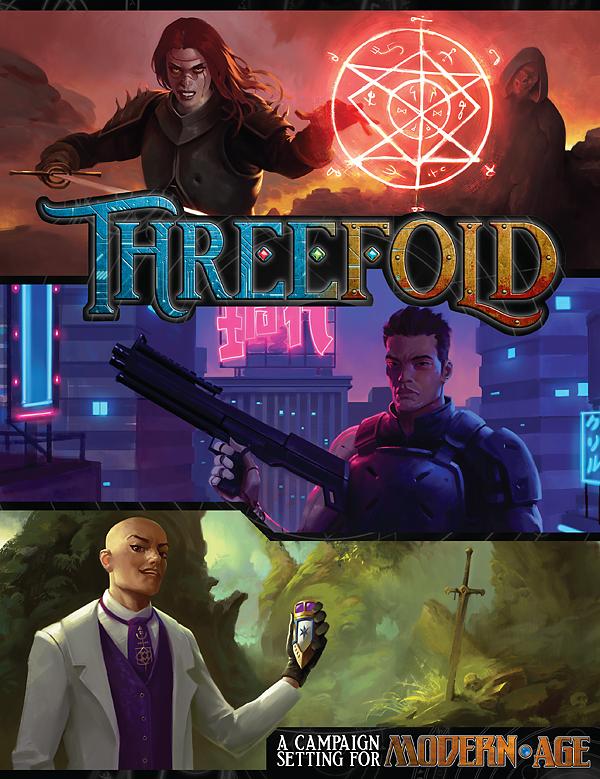I have done intermittent segments for The Tome Show, a long-running D&D podcast. The segments are called the Monsterous Ecologist. I took on the persona of the titled ecologist and I would give a history of the monsters from D&D. I would explore the history of the real world legendary monsters and fiction that inspired the monsters in D&D. I also would track the changes the monsters went through in D&D through the editions.
I had a computer failure which has complicated my further recordings, but I do intend to return to this. If you want to help that project I won’t turn down any contributions.
That said, I did have a friend (C. J. Hunter aka Commander Pulsar) make a suggestion that made a lot of sense. Turn the research I did for these podcasts into blog content as well. I will do that. It gives me a chance to revisit these creatures I like so much.
With that in mind, I present..
Tarrasques
Few creatures carry the level of fear as the Tarrasque. It is one of the largest monsters in all of D&D’s legendarium. It is certainly comparable to Godzilla and other Kaiju, but that is not exactly its origin.
Its actual origin is from French legend. There is a tale involving the Tarasque(note, the spelling is slightly different) found in the Golden Legend and The Life of Saint Martha which was compiled in the 13th century. There is even a description.
There was that time upon the river of Rhone, in a certain wood between Arles and Avignon, a great dragon, half beast and half fish, greater than an ox, longer than an horse, having teeth sharp as a sword, and horned on either side, head like a lion, tail like a serpent, and defended him with two wings on either side, and could not be beaten with cast of stones ne with other armour, and was as strong as twelve lions or bears;
In this tale, the Tarasque was a child of Leviathan and would eat knights as they came along. Martha was approached by the beast. She presented her holy symbol and splashed the creature with holy water. It fell asleep. The knights bravely slew it while it slept. The land came to be known as Tarasconus in memory of the beast.
This version of the Tarasque is different than the D&D Tarrasque in a few ways (not just spelling), specifically in size, but the inspiration is there. That said, the overall D&D presentation is much more like the Kaiju of Japanese cinema. It is a gigantic monster that is more than just a dragon, but more of a force of nature.
1st Edition…1st Appearance.
The Dungeons and Dragons version we are familiar with began in the Monster Manual 2, published in 1983. The book listed Gary Gygax as the sole author but a number of the creatures were written of originally by other authors.
In this book, the Tarrasque is listed as unique. It is described as ravishing the countryside, leaving a barren wasteland behind. Its armored hide gives it an ac of -3. It has 300 hitpoints, 6 attacks per turn, two claw attacks sweeping tail lash, a bite which is treated like damage from a Sword of Sharpness, and two horn attacks. The Sword of Sharpness description means if it rolled an 18 or higher some portion of the target body is removed, such as an arm or a leg.
Creatures of 3rd level, 3 hit dice or lower are frozen in fear till it passes, with no save. As long as the Tarrasques are in sight you can’t move or act. 3rd level characters through 6th level panic and flee, again no save. At 7th level or higher, you could save versus paralyzation to avoid those effects.
What about magic, you might ask? Their carapace was so hard and reflective that bolts, rays, like lightning bolts, cones of cold, and even magic missiles are of no effect. In fact, 1 in 6 is reflected back at the caster. They are also immune to fire, they regenerate health, and need a +1 magic weapon or better to be hit.
Even if you piled mountains of damage and managed to drop the enormous beast to 0 health, it still won’t die. The method to actually kill one is described in the text.
“The Slaying of the tarrasque is said to be possible only if the monster is reduced to -30 or fewer hit points and a wish for its death then used.”
Beyond the description of how hard the creature is to kill, there are some further details. The carapace can be reduced for a large number of diamonds, and the underbelly can be mixed with hits blood and meteoric iron to make shields with a +5 magical bonus.
They also describe a cycle of dormancy and activity. The Tarrasque tend to forage only for a week or two and then sleep for 5 to 20 months. There is no real discussion of their origin. They are listed as having animal intelligence, so their motivations are fairly simple. Eat, then sleep.
This monster was arguably the most powerful, most terrifying monster in the game at the time. While it is not strictly a Kaiju monster, that sense of a monster you survive rather than kill is there.
2nd Edition
The Tarrasque first appears in 2nd edition as part of Monstrous Compendium Two in 1989 and is later reprinted in Monstrous Manual 1993. It remains a top tier monster in this edition, as well.
In this version, it is declared to be a solitary creature. The phrase “fortunately only one known to exist” does appear in the description. This is later revised in 2nd edition.
Several stats are similar to the first edition version. The teeth are like a Sword of Sharpness. The immunity to some damages and spells reflective hide are both still present. The crippling fear effect is here again. They maintain the rather elaborate means to slay the beast in this edition. It proposes the possible origin of them being created by evil elemental princes or a primordial god.
Those are a couple of suggested origins, but it is not the only ones found in the second edition days. The Spelljammer setting establishes that they may originate on the planet of Falx in Relmspace. Falx is a cloud-shrouded hothouse of a world and has hundred of Tarrasques, or creatures like them, wandering the surface. If this is not a homeworld, then it at least challenges the notion that there is only one Tarrasque.
3rd Edition
The 3rd edition version is every bit as terrible as its earlier versions. In this edition, the hit points are higher, more than 800. They also have..
- Damage reduction 15/epic
- Immunity to Fire, Poison, Disease, Energy Drain, and Ability Damage.
- Regeneration 40.
- Scent.
- Spell resistance 35.
The wish spell requirement to kill is still here and the overall impression is that this may be the single toughest monster in all of D&D. They reiterate there is only one and it may have been created by evil wizards or elemental beings, at least according to the Monster Manual entry.
During this era, the Ecology of the Tarrasque is printed in the last Dragon magazine issue 359. This article reiterates the previously discussed cycle of the slumber and rousing to eat everything around. This is a little more detailed on the why and how. The Tarrasque is a creature that exists only to feed. It wakes long enough to eat and fill itself. Once it is full it will sleep. The beast can sleep for months or years. When it sleeps, the creature is burrowed into the earth and is virtually undetectable. The burrowing is described as being like that of the Xorn.
A few other details are to be found here. First, the indication is that this is not actually the only one, but a rare creature found in the multiverse. Second, the article does spend some time talking about the multiple stomachs and the overall digestive system of the monster. Virtually nothing can survive its digestive process, and its stomachs will even strip off powerful enchantments.
4th Edition
There are the obvious rules changes in as much of 4th edition was a sharp departure from the older editions of D&D. The regeneration disappears. Instead, when the Tarrasque is reduced to 0 hit points it slips back into the earth’s core for a time. It is no longer immune to any damage types, though it is immune to charm and fear. It does resist the first 10 points of damage to it from any source.
It has a few new abilities. There is an expressed burrowing speed. They have a dread ability to ignore all damage resistances, and they have a power called earth binding that reduces the flying speed of any flyers near it to 1 meter a turn. The Tarrasque also has over 1400 hit points so it is a long hard slog to bring one low, which is the expectation for the monster.
The lore has changed in the 4th edition. The monster is a creation of the primordials. It was created and bound to the world so that it would destroy all that the gods create. It slumbers at the earth’s core when it is not awake.
5th Edition….the Modern Monster
The 5th edition version is a return to form. They have lowered the hitpoints down from the 4th edition heights down to around 600. The damage immunities are back, the immunities to several conditions are here, the frightful presence, the bite, the tail, the horns, and it even has the chance to reflect attacks back on the attacker. This is very much a return to its earlier edition roots, with a few extras tossed in. It has three legendary action and three legendary resistances. It also has the Siege Monster trait meaning it does double damage to structures and objects. It eats your house, for example. What is not here, and this is a significant change, is the seeming immortality of the Tarrasque. It does not regenerate damage like previous editions and does not require a wish to make sure it is dead. This is a very killable version of the monster.
The lore at this point is spare. The Monster Manual states that the Tarrasque is believed to be the only one, that it sleeps in the earth, rises to destroy whole towns, then disappears. No explanation of its origins is given.
Details about the Creature
This creature is 50 ft tall, and 70 feet long. It resembles a tyrannosaurus rex but with fully formed arms. There are two large horns protruding from its head and it has an enormous mouth. This creature is not dissimilar from the famous Kaiju, Godzilla, except without the crest down its spine.
It is a low slouching creature to eat all it comes across. It has a hard shell not too unlike the tortoise or even some form of armor. This carapace is encrusted with diamonds, and this explains its tremendous durability and the reflection of spells. In the current edition, as of this report, there are only 2 creatures in D&D with a CR of 30. The Tarrasque and Tiamat from Rise of Tiamat. It is supposed to be the most powerful and deadly monster available.
Tarrasques do not truly have lairs. They sleep in the earth and by the lore available now, are undetectable in that state. They will wake, they will eat till full, and they will sleep again. When they are awake, they are virtually impossible to sneak upon. They have a wide Blindsight ability. They are immune to many types of damage. They will not burn. They cannot be poisoned. Nonmagical weapons have no effect. They feel no fear. They cannot be charmed or reasoned with. Spells cast at them are unlikely to take effect, and if they are attacked by any spell that requires an attack roll, or is a magic missile, then you have a 1 in 6 chance of them reflecting the spell back at you. The rest of them just don’t affect the Tarrasque at all. Add into that the legendary resistances and killing one is nearly impossible. It is more likely that the beast will swallow would be slayers whole.
A Comic Tangent
A brief side note, for the sake of lore, there is another story to add. The Forgotten Realms Comic published in the late 1980s by DC comics is an excellent run of stories. It was written by Jeff Grubb, a man with more than a little involvement in the development of D&D over the years. In its second major story arch, there was a tale that ties into the Tarrasque.

In this story, a mysterious masked figure was hunting dragons of the north with a staff. This staff’s head was shaped like a Tarrasques head and allowed the mysterious cultist to simply kill dragons dead. The cultist took their heads. Later, using those head and the staff in a ritual, the cultists, summoned the Tarrasque and used it as a mount. It killed dozens of dragons. The Tarrasque was driven out of the world when the wielder of the staff was forced to flee under assault.
Now there is no further exploration of the caster, the staff, and how they are tied to the Tarrasque, but it does raise some interesting notions. Maybe the death of dragons is the beasts true purpose? Who is to say?
Conclusion
In my view, this is not a creature which adventurers should be fighting. Instead, think of a Tarrasque as a natural disaster, like an earthquake or a volcano. The best you can do is survive it and maybe pull victims from its path. You can quest for ways to keep it dormant, but you don’t want to face it.
You can run adventures for high-level characters where they kill it, but I think that might ultimately make the monster less interesting. It is okay to have a monster too big to kill. The more interesting story can end up being what do the heroes do to save people in the monster’s path.
I hope you all enjoyed this little exploration of this monster. I will try and do one of these a month. Do you have a good Tarrasque story?




